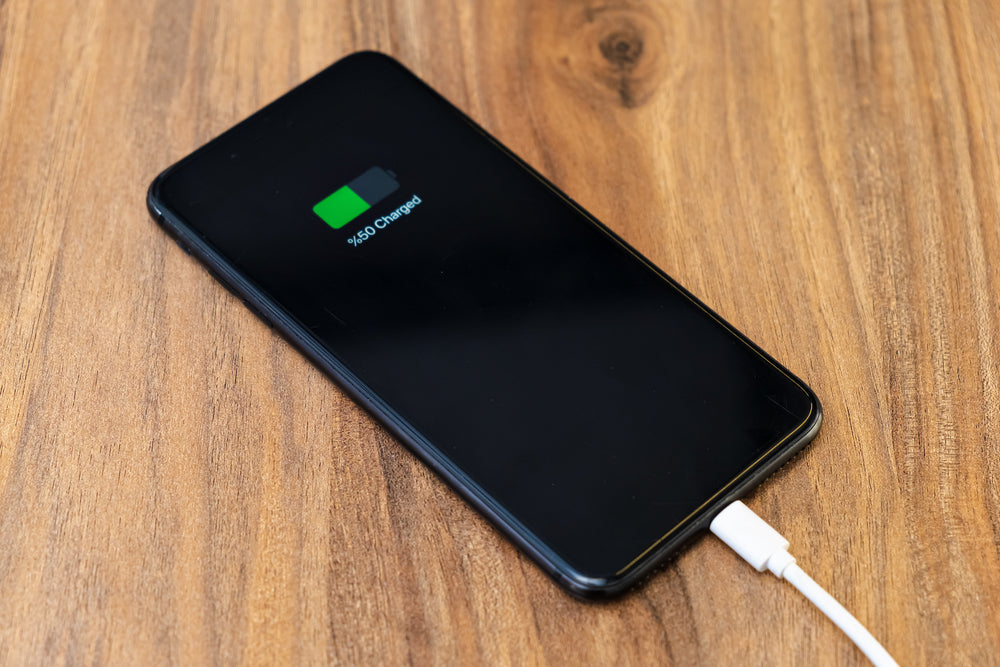
Fast Charging and Its Effects on Battery Health: Pros, Cons, and Solutions
Introduction:
Fast charging has become a popular feature in modern smartphones and other electronic devices. It promises to minimize the time spent tethered to a power outlet, allowing users to quickly recharge their devices and get back to their daily activities. However, concerns have been raised about the potential effects of fast charging on battery health. In this article, we will explore the pros and cons of fast charging and discuss potential solutions to mitigate any negative impact on battery longevity.
Pros:
- Time-saving: The most obvious advantage of fast charging is its ability to replenish a significant portion of a battery's capacity in a short amount of time. This feature is especially beneficial for individuals with busy schedules who cannot afford to wait for extended periods for their devices to charge.
- Convenience: Fast charging eliminates the need to carry charging cables and adapters everywhere. With a compatible fast charger, users can quickly charge their devices at home, in the car, or at various charging stations, making it more convenient for travel or on-the-go charging.
- Emergency situations: In critical situations where a user needs to quickly top up their device's battery to make an important call or access vital information, fast charging can be a lifesaver.
Cons:
- Increased heat generation: Fast charging typically involves higher charging currents, which can result in increased heat generation during the charging process. Excessive heat can degrade battery health over time, leading to reduced overall capacity and shorter battery lifespan.
- Battery degradation: Fast charging may contribute to accelerated battery degradation. Lithium-ion batteries, commonly used in smartphones, tablets, and laptops, have a finite number of charge cycles. Each charge cycle gradually diminishes the battery's maximum capacity, and fast charging can potentially speed up this degradation process.
- Safety concerns: The higher currents used in fast charging can also raise safety concerns. In rare cases, rapid charging can lead to battery overheating, swelling, or even combustion if not properly managed or if using substandard charging equipment.
Solution:
- Avoid Full Discharges: Frequent deep discharges and charging cycles can accelerate battery degradation. It is advisable to avoid completely draining the battery before recharging it. Instead, aim to keep the battery level between 20% and 80% for optimal battery health.
- Battery Optimization Apps: Utilize battery optimization apps or built-in device features that can help manage and monitor charging patterns. These tools often provide recommendations on charging practices and help maximize battery performance.
- Adaptive charging: Some smartphones and charging technologies offer adaptive charging features that adjust the charging speed based on various factors, such as battery temperature, current charge level, and user charging patterns. This intelligent charging helps optimize the charging process and reduce unnecessary strain on the battery.
- Charging during low-demand periods: Charging your device during times when you don't need it, such as overnight or during idle periods, can reduce reliance on fast charging. By spreading out the charging sessions and utilizing slower charging speeds, you can mitigate the impact on battery health.
Conclusion:
Fast charging undoubtedly provides convenience and time-saving benefits, but it also raises concerns about battery health. While fast charging can potentially accelerate battery degradation and generate excess heat, following recommended charging speeds, utilizing adaptive charging technologies, and charging during low-demand periods can help minimize the negative effects. Ultimately, it is crucial to strike a balance between the need for fast charging and ensuring the long-term health and longevity of your device's battery.
